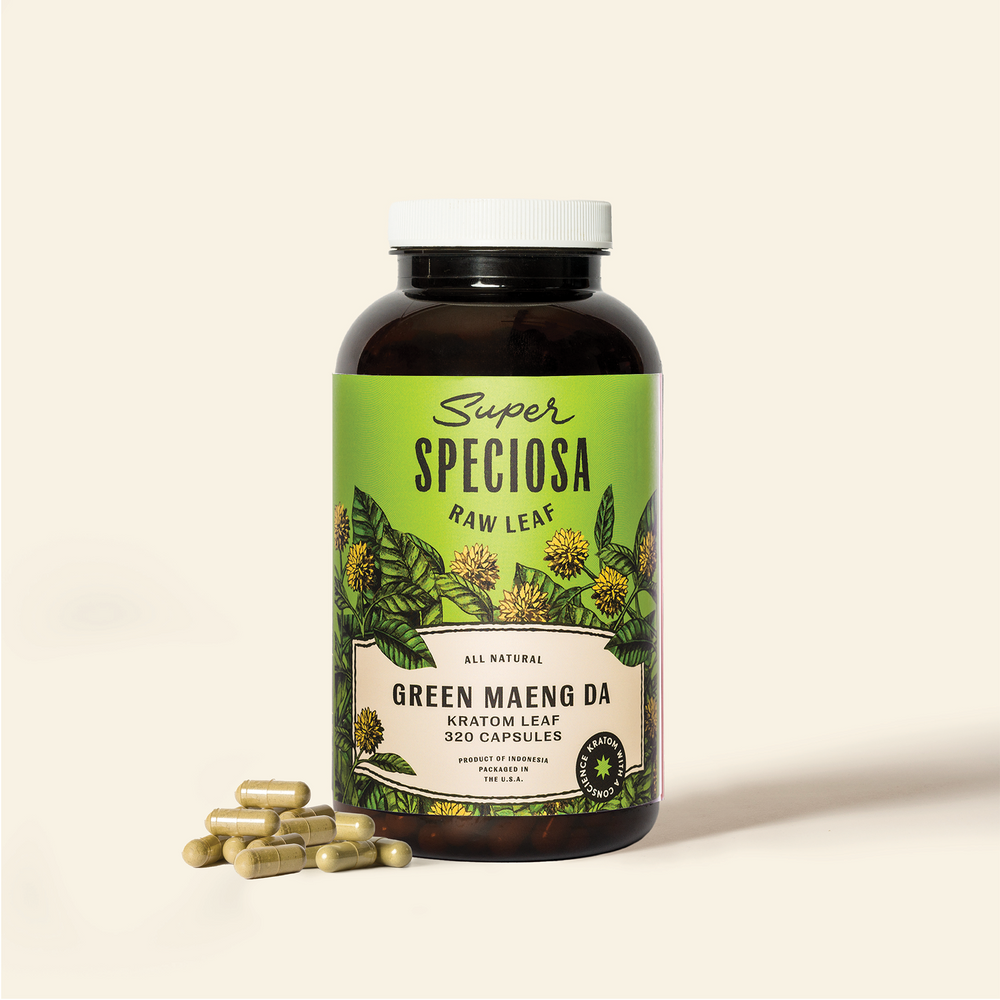Missouri's Kratom Regulation: Unveiling the Unique Legislative Journey
MISSOURI'S KRATOM REGULATION: UNVEILING THE UNIQUE LEGISLATIVE JOURNEY

During 2023, as the momentum on the 'kratom question' shifted favorably towards advocates, Missouri's kratom regulation became a focal point, with the state finding fewer reasons to evade regulating the plant.
That momentum has done little to stop opponents from tossing every imaginable hurdle onto the track to try and slow the process down.
A version of what advocates call a Kratom Consumer Protection Act was introduced this year in Missouri, which would make it the 12th state to offer protections for kratom customers. Instead of proceeding like their peers, Missouri lawmakers are still mulling the measure over in its original chamber while using the legislative process to keep the details out of the public eye.
Rep. Phil Christofanelli introduced House Bill 912 at the beginning of the year and had the bill read for the first and second time in January when it was filed. It contained all of the ‘usual’ elements of a KCPA–definitions for kratom’s use, labeling requirements, a minimum age of purchase and rules against selling adulterated products.
Then the bill arrived in the Emerging Issues Committee in the House of Representatives.
Questions Remain After Executive Session
In what ultimately wound up being the only action taken on the measure during the session, that House committee amended the bill with a substitute. The vote to offer a substitute passed 9-5, but the reasoning behind the changes is not as apparent.
What started with a public hearing in March was turned into an executive session by the first week of April as the committee on Emerging Issues continued to consider the measure. The closed-door categorization of the committee’s deliberation continued for the next two meetings in April before the changes were made.
From there the bill was not moved to the floor of the House, instead, it was sent to another committee, this time the Legislative Oversight Committee. That new assignment arrived on May 8, just four days before the session ended, which led to HB912 remaining in committee when the current legislative term was gaveled.

A New Contention for Missouri's Kratom Regulation
While a back-and-forth is commonplace for discussions around kratom, many times lasting over multiple legislative sessions, Missouri’s detour contained a unique wrinkle that foreshadowed an update from the Food and Drug Administration.
Before Missouri, amendments and changes to kratom bills typically followed the same pattern. Florida was one of the states that stripped certain aspects of regulation and oversight in favor of codifying age restrictions and kratom definitions. A prolonged process in Louisiana saw the state consider a regulatory framework before ultimately opting for age requirements as the only regulation on the market.
The changes made by the Missouri legislature instead focused on kratom’s definition and targeted a key aspect of how advocates advance kratom in the current legal framework. Like most other KCPAs, the original version of HB912 defined kratom as a food product or dietary supplement for human consumption.
When the bill emerged from committee, that had changed, kratom products were defined solely by the active alkaloid in the plant. All verbiage that established kratom as a food product was removed.
Advocates have included definitions of kratom as a food product due to an ongoing back-and-forth with the FDA. The National Institute on Drug Abuse indicates that evidence shows kratom has been used for “hundreds of years” and has been typically used by mixing kratom powder into food or drinks. Despite that, the FDA has repeatedly tried to influence both state and federal agencies to ban kratom because there is no approved therapeutic use in the United States.
That is why legislators at the state level have made sure to include specific definitions that fall within federal rules around how kratom can be marketed–until Missouri targeted that language. Earlier this month, the FDA updated its warning on kratom to target kratom’s use as a food product, despite no corresponding update in research or data.

Federal Fingerprints on Past Resistance
It’s unclear if Missouri’s targeting of kratom as a food product was linked to that updated FDA recommendation. If there had been communication, it would not be the first time the federal regulatory body influenced policy in the state.
This is Christofanelli’s second attempt to take action on kratom. The first attempt was HB1677, which made it through both chambers of the legislature and to the desk of Gov. Mike Parson. Citing a lack of federal approval of kratom as a dietary product, Parson said he could not sign a law that “violated federal law.”
Except that’s not technically true. The FDA has taken action against kratom with import alerts and warnings against the plant. Despite the FDA’s best efforts, the federal government has twice refused to schedule kratom, citing a lack of research or scientific reasoning showing kratom’s risk.
NIDA’s fact page on kratom also directly contradicts the FDA's position. Per NIDA, the first risk associated with kratom is “harmful contaminants” before the agency ultimately concludes that case reports suggest the most severe risk of adverse reaction comes from “polysubstance use (the use of multiple drugs).”
Parson cited federal guidance as the reason for the veto. Christofanelli said that the same guidance is why he believes regulation is the best path forward.
“We want people to know what they’re buying,” Christofanelli said in an interview with Missourinet. “We want things that are sold in the marketplace that say they’re kratom to actually be 100% pure kratom, and we want to make sure that only adults are using this.”





